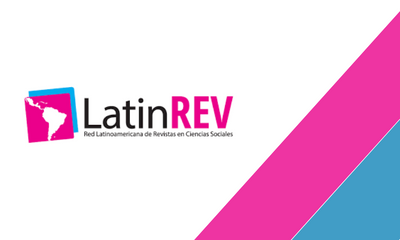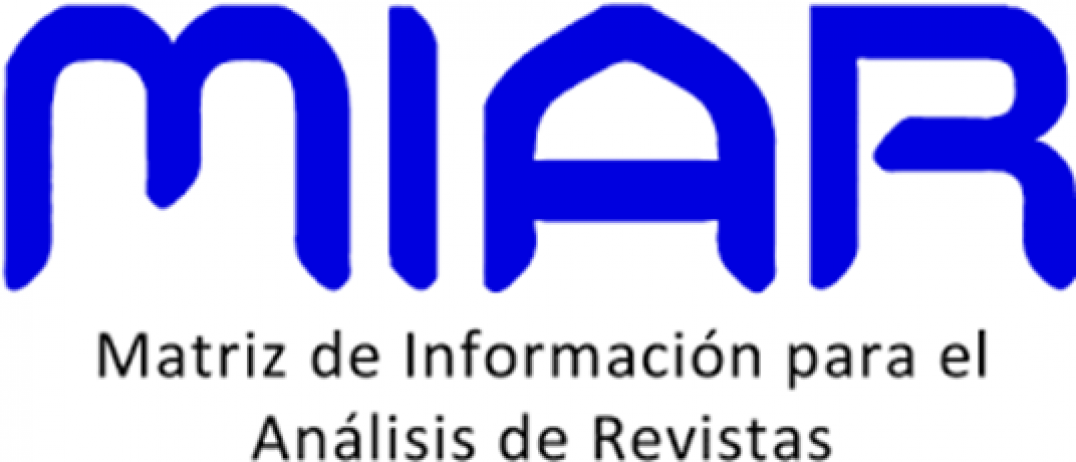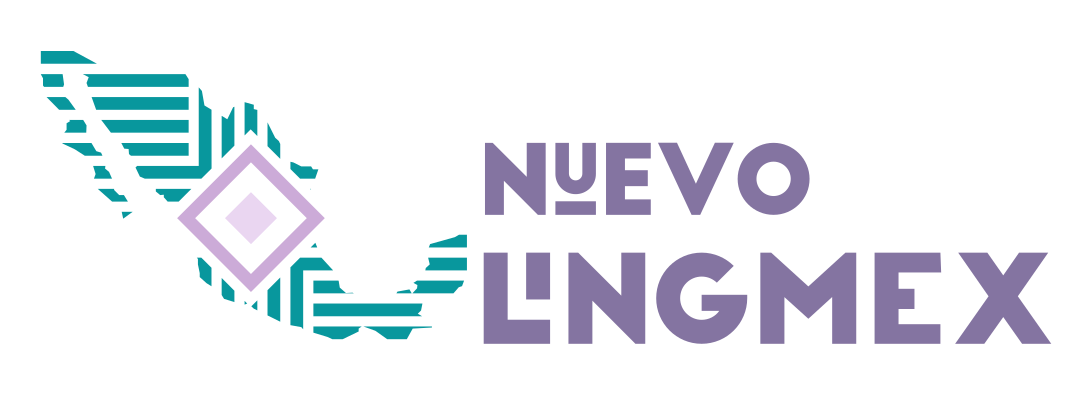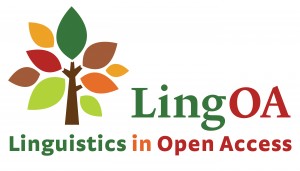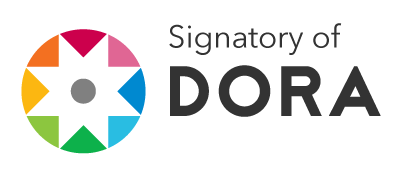Preliminary evaluation of the linguistic vitality of Cmiique Iitom (Seri)
DOI:
https://doi.org/10.32870/vel.vi19.172Keywords:
Seri language, Linguistic vitality, Subtractive bilingualismAbstract
Within the scope of work focused on linguistic documentation and description, we increasingly find local, academic or combined efforts whose primary or secondary goals are linguistic revitalization and maintenance of endangered languages. In many cases the description of the vitality of the language is presented as a justification to carry out certain activities that promote the use of the language among members of the community, but more detailed information is not always published about how the vitality was measured, the surveys carried out, among other things. In this study we present the preliminary results of an assessment of linguistic vitality of Cmiique Iitom (or Seri), a language isolate spoken in the state of Sonora, Mexico by around 750 people and which has been described as endangered. In general, from the survey we conducted among children and adolescents from El Desemboque de los Seris, we observe that there is a trend of subtractive bilingualism, where the use of the dominant language of the region, Spanish, is taking over the use of the native language in various domains. We contextualize the survey results and our overall impressions within other tools that exist to assess language vitality so that we can provide updated information on the case of the Seri language.
Downloads
Metrics
References
Dwyer, Arienne M. (2011). Tools and techniques for endangered-language assessment and revitalization. En Vitality and Viability of Minority Languages. October 23-24, 2009. New York: Trace Foundation Lecture Series Proceedings.
Eberhard, David M., Gary F. Simons y Charles D. Fennig (Eds.). (2019). Ethnologue: Languages of the World. Twenty-second edition. Dallas, Texas: SIL International. Versiónenlínea:http://www.ethnologue.com.
Fitzgerald, Colleen M. (2017). Understanding language vitality and reclamation as resilience: A framework forlanguage endangerment and ‘loss’(Commentary on Mufwene). Language 93(4): e280-e297.
Grenoble, Lenore A. (2011). Language ecology and endangerment. En Peter K. Austin y Julia Sallabank (Eds.), The Cambridge Handbook of Endangered Languages, (pp. 27-44). Cambridge: Cambridge University Press.
INALI. (2019). Cmiiqueiitomcoiziixquihiticöpahpactacöispaspojhac. Norma de escritura de la lengua cmiique iitom (seri). México: Instituto Nacional de Lenguas Indígenas.
INALI. (2012). México. Lenguas indígenas nacionales en riesgo de desaparición: Variantes lingüísticas por grado de riesgo. México: Instituto Nacional de Lenguas Indígenas.
Marlett, Stephen A. (2006). La situación sociolingüística de la lengua seri en 2006. En Stephen A. Marlett (Ed.). Situaciones sociolingüísticas de lenguas amerindias. Lima: SIL International y Universidad Ricardo Palma.
Marlett, Stephen A. (2007). Las relaciones entre las lenguas “hokanas” en México: ¿Cuál es la evidencia? En Cristina Buenrostro y otros (Eds.), Memorias del III Coloquio Internacional de Lingu?ística Mauricio Swadesh (pp. 165-192). México, D.F.: Universidad Nacional Autónoma de México y el Instituto Nacional de Lenguas Indígenas.
Marlett, Stephen A. (2008a). The Seri and Salinan connection revisited.International Journal of American Linguistics 74(3): 393–399.
Marlett, Stephen A. (2008b). The implications of language documentation for an endangered but vibrant language community: A historical perspective. Work Papers of the Summer Institute of Linguistics, University of North Dakota Session: Vol. 49, Article 1. DOI: 10.31356/silwp.vol49.01.
Marlett, Stephen A, compilador. (2020). A bibliography for the study of Seri history, language and culture. Tucson, AZ: Summer Institute of Linguistics. https://mexico.sil.org/resources/archives/53261
Marlett, Stephen A. ms. Cmiique Iitom: The Seri Language. Tucson, AZ: Summer Institute of Linguistics.
Moser, Mary Beck y Stephen A. Marlett, compiladores. (2005). Comcáacquihyazaquihhantihíiphac. Diccionario seri-español-inglés. México, D.F.: Plaza y Valdés Editores.
Moser, Mary Beck y Stephen A. Marlett, compiladores. (2010). Comcáacquihyazaquihhantihíiphac. Diccionario seri-español-inglés. Segunda edición. México, D.F.: Plaza y Valdés Editores.
Ramírez Zavala, Ana Luz. (2018). La escuela rural en territorio seri, 1920-1957. Relaciones Estudios de Historia y Sociedad 39(154): 9-36.
Roche, Gerald. (2017). Linguisticvitality, endangerment, and resilience. LanguageDocumentation and Conservation 11: 190-223.
Santos Cano, Tania. (2015). Estrategias para el uso, desarrollo y aprendizaje de las lenguas indígenas en educación básica. Lecciones derivadas de la experiencia. México, DF: Secretaría de Educación Pública.
UNESCO Ad Hoc Expert Group on Endangered Languages. (2003). Language Vitality and Endangerment. UNESCO.
UNESCO Culture Center. (2011). UNESCO’s Language Vitality and Endangerment Methodological Guideline: Review of Application and Feedback since 2003 (background paper). UNESCO. Consultado el 13 de julio: http://www.unesco.org/new/fileadmin/MULTIMEDIA/HQ/CI/CI/pdf/unesco_language_vitaly_and_endangerment_methodological_guideline.pdf
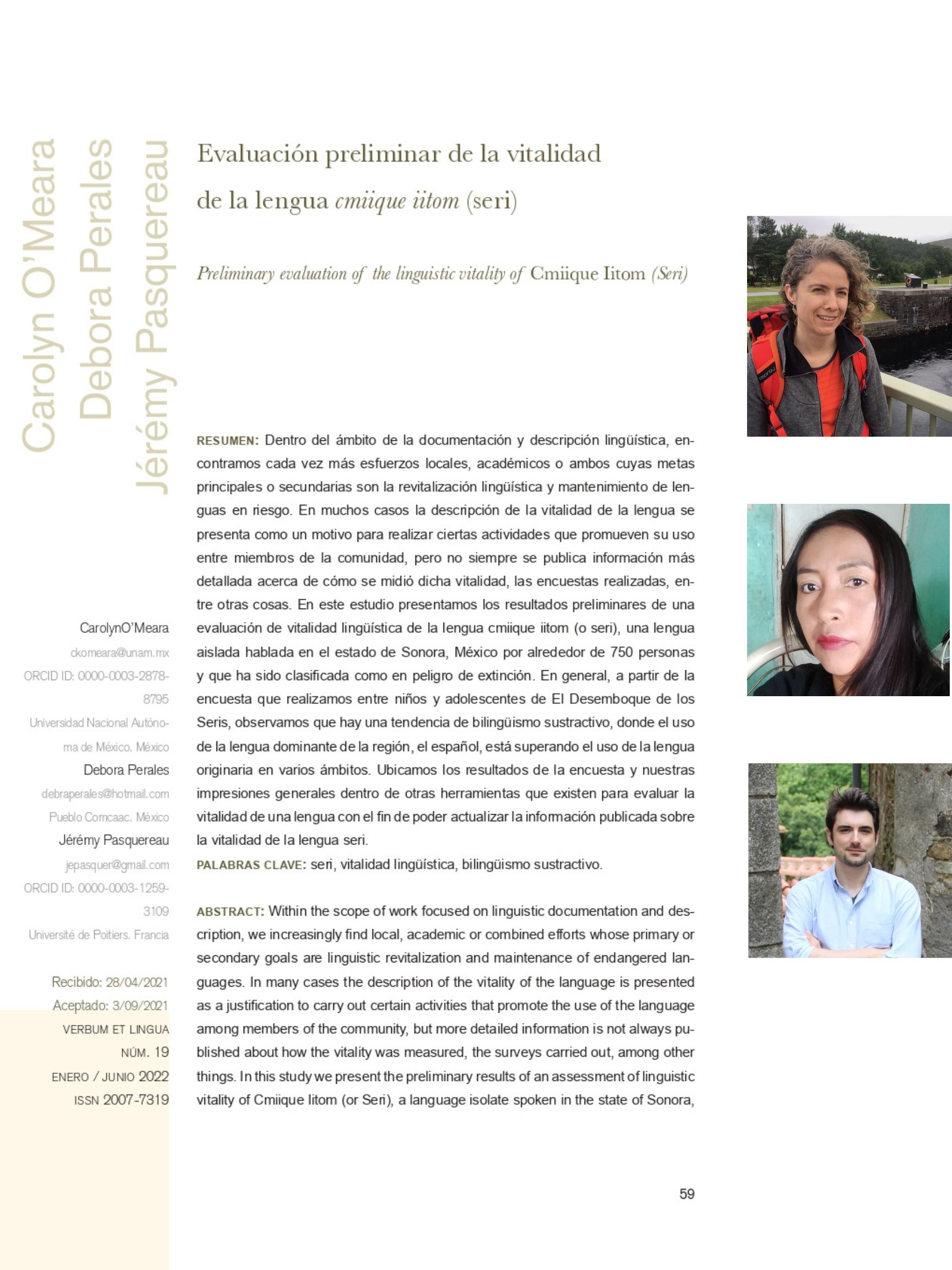
Downloads
Published
Versions
- 2024-09-06 (2)
- 2022-06-21 (1)






